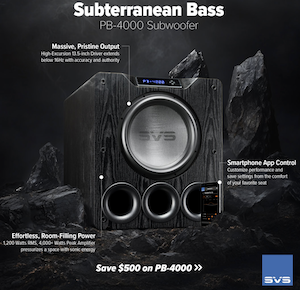Hello Guys
I hear you, but I only understand 10%, at best.
I used the PEQs and Crossovers of the four MiniDSP channels for adjusting Magnitude and Crossover for both my two way speakers left (blue) and right (red).
1m Measurement:
View attachment 59875
Good enough for me,
Then I measured at listening position both left and right at 7 positions as in Davids Tutorial and got the RMS Averages.
View attachment 59876
With that I followed Davids tutorial but I did not get satisfying results as the 1024 taps of the MiniDSP are not sufficient to correct in the low frequency area.
Question 1: Is that the limitation of only 1024 taps and could not be overcome?
So I used the PEQ of the Input channels and got this, aiming for the Harman room curve:
View attachment 59877
I also aligned the Impulse of both speakers with a small delay 0,23ms for the left speaker:
View attachment 59879
Question 2: Do I need to adjust impuls responses in general to the beginning of the impuls (RampUp begin) or to the Peak?
Now my problem begins. If I measure the Sum left+right (green) I got this:
View attachment 59878
The dips at 106Hz and 250Hz are result of phase cancellation. The phases are nearly 180° offset in this areas.
This is clearly due to room effects, as the phases in the 1m measurements would be fine.
I also tried the REW alignment tool for left to right but did not find any solution with delays which is assumingly not the right way to solve this anyways.
Question 3: Isn't this the point where FIR filters come in handy to "adjust" the phase in this specific areas?
So I generated a plain linear phase Impulse in RePhase without any EQs and applied it to the two channels for my woofers:
View attachment 59881View attachment 59880
So the phases left and right are now more linear, but did not sum up perfectly as well, better, but not good enough.
The magnitude is not changed and is still corrected by the PEQs of the input channels.
And now it gets fuzzy and I don't know what to do.
I exported the last measurements with the "linear phase" FIR and imported it into RePhase and I would try to adjust the phase more or less to Zero now.
View attachment 59882View attachment 59883
Question 4: Is this the way to go forward?
If I do so with the parametric phase EQs in RePhase I do end up with.....(this is only an example of the adjustment, not done nicely)
View attachment 59884
Question 5: Why is the magnitude changing, when I generate the impulse and only used the Phase EQ?
Question 6: Why is the adjusted blue phase at around Zero and the generated red one is somewhere else? To less taps?
So, Am I on the right way? Is the MiniDSP to limited to help me? Do I use the tools wrong?
I'm proud of my measurements though.
Help would be highly appreciated.
Thanks
Jojo








 I’ll never understand it all, but hopefully can copy. (The excess phase filter has my head spinning
I’ll never understand it all, but hopefully can copy. (The excess phase filter has my head spinning  )
)




